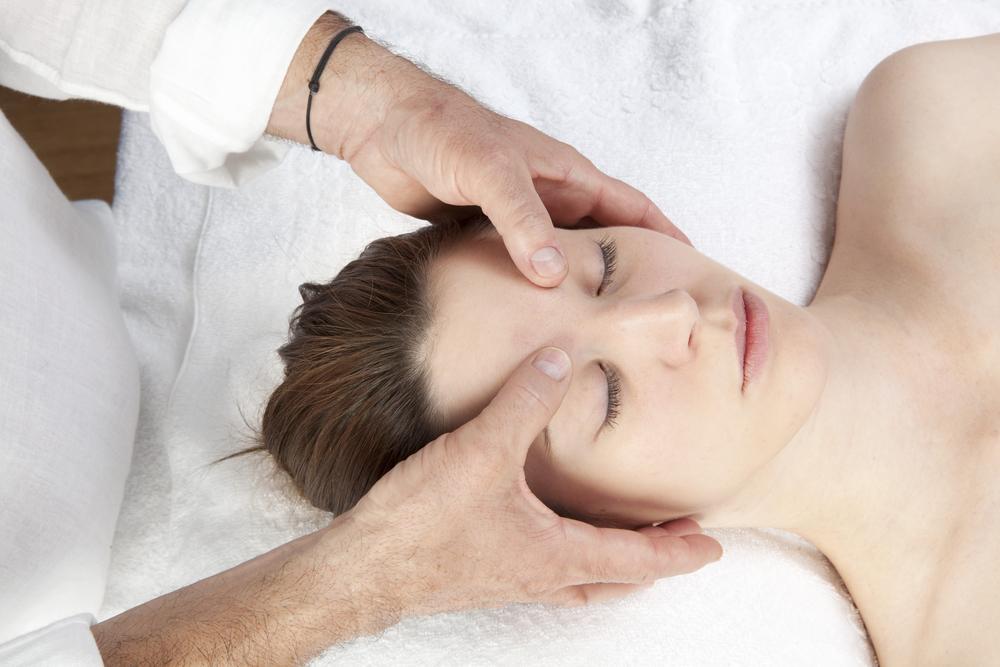Comprehensive Guide to Managing and Preventing Migraine Attacks Effectively
This comprehensive guide offers practical strategies for managing migraines effectively, emphasizing medication options, dietary choices, lifestyle habits, and trigger management. By adopting these proven methods, migraine sufferers can reduce attack frequency and severity, improving their quality of life through proactive and personalized care.

Comprehensive Strategies for Effectively Managing and Preventing Migraine Attacks
Migraines are debilitating neurological conditions characterized by intense, often pulsating pain typically concentrated on one or both sides of the head. These episodes can significantly impact daily life, prompting many sufferers to seek effective management strategies. While migraines are most commonly observed in adults aged 30 to 40, they can affect individuals across various age groups. Research indicates that women experience migraines more frequently than men, likely due to hormonal fluctuations and other biological factors. In an average country, approximately 39 million individuals report experiencing migraine episodes, making it a widespread health concern that demands attention. Migraines are often accompanied by sensitivity to light, sound, and sometimes smells, which can exacerbate discomfort during an attack. Fortunately, through a combination of lifestyle modifications, medications, and trigger management, individuals can significantly reduce the frequency and severity of their migraine episodes. This comprehensive guide explores proven strategies to help manage migraines effectively.
Effective Medication Options for Migraine Relief
Having an accessible and effective medication plan is pivotal for those suffering from migraines. Various pharmaceutical options can provide relief during acute episodes or serve as preventive measures to reduce attack frequency. The choice of medication often depends on the severity and frequency of the migraines, as well as individual health considerations. Some commonly prescribed and over-the-counter remedies include:
UBRELVY™: A newer class of medication known as CGRP receptor antagonists, UBRELVY™ helps block the pathways in the brain responsible for migraine attacks, offering rapid relief for many patients.
Excedrin: A popular over-the-counter analgesic that combines acetaminophen, aspirin, and caffeine, effective in alleviating mild to moderate migraines.
Nurtec® ODT: An oral dissolvable tablet that works by targeting specific neural pathways involved in migraine pathophysiology, providing both acute relief and preventive benefits.
QULIPTA™: A medication designed for both immediate treatment and ongoing management of migraine episodes, helping to diminish attack severity and frequency over time.
These medications primarily function by disrupting the neural cascade that leads to migraine pain, such as by constricting blood vessels or blocking pain signals. For individuals experiencing frequent or severe migraines resistant to standard treatments, healthcare providers might prescribe preventive medications. These might include beta-blockers, anticonvulsants, or antidepressants, aimed at reducing the overall occurrence rate. It's essential for sufferers to work closely with their healthcare providers to develop a tailored treatment plan that minimizes side effects while maximizing efficacy.
Dietary Strategies to Support Migraine Prevention
Nutrition plays a vital role in managing migraine episodes. Certain dietary choices can either trigger or help prevent attacks, making it important for sufferers to be mindful of their eating habits. A diet rich in antioxidants, healthy fats, vitamins, and minerals supports overall neurological health and can aid in reducing migraine frequency. Incorporating a variety of nutrient-dense foods can promote vascular health, stabilize blood sugar levels, and diminish inflammatory responses that trigger migraines.
Increase intake of fruits and vegetables: Berries, leafy greens, and colorful produce are rich in antioxidants, which combat oxidative stress linked to migraines.
Focus on magnesium-rich foods: Magnesium acts as a natural muscle relaxant and vasodilator. Foods such as avocados, apricots, almonds, cashews, and brown rice are excellent sources that may help prevent headaches.
Incorporate calcium-rich foods: Dairy products, leafy greens, and calcium-fortified foods support nerve function and may reduce migraine susceptibility.
Limit foods that trigger migraines: High-sodium processed foods, spicy dishes, aged cheeses, chocolates, citrus fruits, and caffeine can serve as triggers for many individuals.
Moreover, maintaining regular meal times can prevent blood sugar dips that sometimes instigate migraine attacks. Hydration is equally crucial; drinking plenty of water ensures electrolyte balance and can prevent dehydration-induced migraines.
Adopting Healthy Lifestyle Habits for Migraine Management
Beyond medications and diet, lifestyle modifications can significantly influence migraine frequency and intensity. Establishing consistent routines helps stabilize the body's internal rhythms, which can be disrupted by irregular habits. Key lifestyle practices include:
Prioritize quality sleep: Regular sleep schedules—going to bed and waking up at the same times—are essential. Sleep deprivation or oversleeping are both common migraine triggers.
Manage stress effectively: Stress is a major precipitant of migraines. Techniques such as mindfulness meditation, yoga, deep breathing exercises, and relaxing hobbies can mitigate stress levels.
Exercise regularly: Moderate physical activity enhances blood flow and releases endorphins, which are natural pain relievers. Activities like walking, swimming, or gentle stretching are beneficial when performed consistently.
Maintain hydration: Adequate fluid intake throughout the day prevents dehydration, a recognized migraine trigger.
Cold Therapy and Other Symptom Relief Strategies
During a migraine attack, immediate relief can be achieved through simple, non-pharmaceutical methods. Applying cold therapy is one of the most effective quick fixes:
Cold compress application: Placing a cold pack or ice wrapped in a cloth on the forehead, temples, or neck constricts blood vessels, reduces inflammation, and numbs the pain.
Rest in a dark, quiet environment: Dimming lights and minimizing noise helps reduce sensory overload, alleviating symptoms.
Relaxation techniques: Techniques like progressive muscle relaxation and controlled breathing can help ease tension and discomfort.
Identifying and Avoiding Migraine Triggers
A crucial element of migraine management is recognizing and avoiding personal triggers. Since triggers vary among individuals, keeping a migraine diary can be invaluable. Document the timing, severity, food intake, environmental conditions, and other factors surrounding each episode to identify patterns. Some common triggers include:
Strong odors such as paint fumes, gasoline, pesticides, and certain cleaning agents
Bright, flickering, or flashing lights
Stress and emotional upheaval
Hormonal changes, especially in women
Dietary factors like spicy foods, chocolate, aged cheese, citrus fruits, and alcohol
Sleep irregularities and dehydration
> Eliminating or minimizing exposure to these triggers can dramatically decrease the frequency of migraine episodes over time. Adjustments to the environment, such as using air purifiers, avoiding harsh lighting, and managing stress through relaxation techniques, can also be instrumental.In sum, migraine management requires a multifaceted approach that combines medication, dietary modifications, lifestyle habits, and trigger avoidance. By implementing personalized strategies and working with healthcare professionals, sufferers can regain control over their condition, reduce attack severity, and improve overall quality of life. Staying informed and proactive is key to effectively managing migraines and minimizing their impact on daily life.





